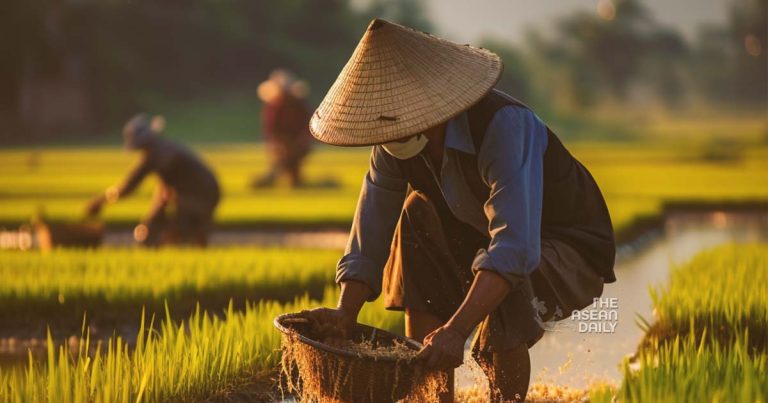19-9-2023 (MANILA) The fundamentals of supply, demand, and prices, often depicted in the iconic graph taught in Economics 101, are being tested as governments across Asia attempt to control rice prices. Unfortunately, these measures, including export bans and price caps, are sowing the seeds of a potential food crisis. The global rice market has already been impacted, with prices reaching a 12-year high due to reduced exports from major players like India. As a result, importers are resorting to price caps, further distorting the market dynamics.
Rice holds critical significance as a staple food for half the global population, including over a billion undernourished individuals in Asia and Africa. Unlike other commodities, rice is predominantly consumed domestically, making small changes in production, supply, and trade have a significant impact on world prices.
Asia, in particular, is grappling with reduced rice harvests attributed to droughts linked to the El Nino weather phenomenon. Although global rice stockpiles are theoretically sufficient to bridge the shortfall, the problem lies in the concentration of inventories. China and India control over 80% of the stockpiles and have limited their sales.
India’s decision to impose export bans and restrictions on non-premium-quality rice has triggered panic among importing nations. The fear of rising prices has led to hoarding and the introduction of restrictive measures in many countries. This knee-jerk reaction has fueled a price panic that could have been avoided through collaborative efforts between regional governments.
The lessons from the 2007-2008 rice price spike, which caused a tragedy due to export bans, price caps, and hoarding, seem to have been forgotten. While it is understandable for Asian nations to protect their vulnerable populations from food cost increases, there are better alternatives than widespread export restrictions and uniform price caps. Targeted support, including robust welfare safety nets, can be more effective and cost-efficient.
The current situation highlights the need to support increased rice production. Asian governments have made progress in assisting farmers since the previous crisis, resulting in record-high production levels. However, demand is growing even faster due to population growth and declining extreme poverty in certain regions.
To meet the rising demand, governments must explore options such as investing in better seeds, including genetically modified varieties, and improving farming infrastructure to minimize post-harvest losses. Regional development banks can play a vital role in channeling funds for such initiatives.
Instead of attempting to manipulate supply and demand, Asian countries should embrace market forces and allow free markets to operate. It is crucial for policymakers to learn from experts like Cielo Magno, who was recently fired for questioning the government’s decision to introduce price caps. By adopting a more informed and collaborative approach, Asia can navigate the challenges of the rice market and ensure food security for its populations.




